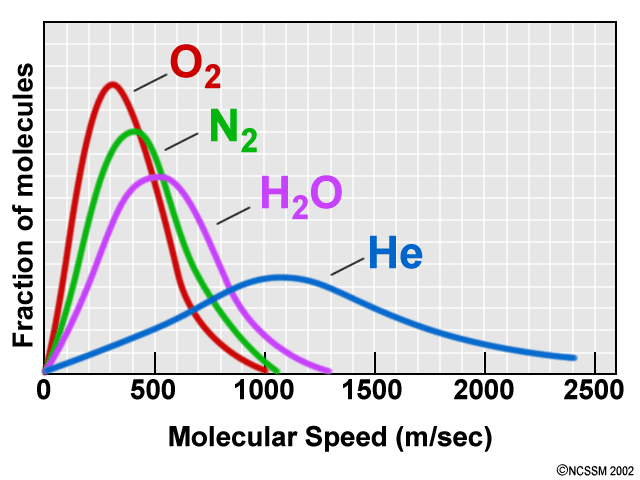Question #081b1
2 Answers
Sound energy needs a medium to travel. Just because there is open space, does not mean it's a vacuum.
Explanation:
I think you're mixing two things up.
Yes, you need a medium for sound energy to travel. On Earth, we have our atmosphere - air - as our medium.
The spaces within atoms are not vacuums. They are just open pockets for the atmosphere (or anything) to fill up. It's like, if you get a box, poke a hole in it, and then speak into the hole. We know there's air inside - rather than a vacuum - which is why we can hear our voice.
Not every space is a vacuum
On the other hand, you can't really say that a space is a true vacuum.
A vacuum is defined as "a region with a gaseous pressure much less than atmospheric pressure" (one and only Wikipedia).
In outer space, although there is no atmosphere, there are particles of hydrogen and helium, forming a plasma called the Intergalactic Medium. Students typically disregard this medium because it is so minor, it's considered minuscule.
Hope this helps :)
First of all let us understand how sound is transmitted through a medium.
Sound is transmitted by atoms or molecules which constitute a solid, or liquid or gas. Sound is a wave motion which is created by vibrating objects and is propagated through a medium from one place to another. Sound waves having frequencies in the approximate range from
 )
)
Notice the wavelength of sound waves while it travels in air, size of the constituent particles of medium and size of compression and rarefaction produced.
This answers your first concern "there are large spaces (vacuum) inside atoms". The sound waves are not required to be transmitted through spaces within the atoms.
Next concern is about "there is lot of space between atoms of gasses".
The mean free path; the average distance traveled by a moving particle between successive collisions, which modify its direction or energy or other particle properties for a gas molecule, could be estimated with the help of kinetic theory and distribution of molecular speeds for different gases at a given temperature as shown in the figure below.

Consider a sound wave at an audio frequency of some
collision rate of order of
As the sound frequency is steadily increased, the frequency becomes comparable at first to the collision rate of the slower molecules. The slower molecules are not able to transfer the acoustic momentum coherently, and thus burden of transfer of acoustic energy shifts to the faster molecules.
Table listing some typical values for air at different pressures at room temperature can be seen here.
Referring to the mean free path table above we see that sound energy is transferred only if particles are available to carry the energy across the spaces between atoms of gases.

